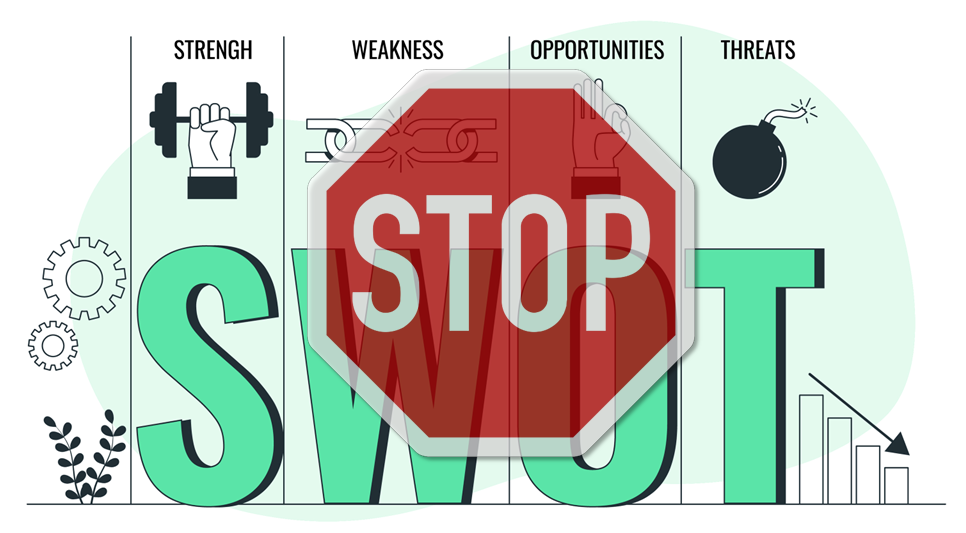
As a B2B executive or marketing leader, you know that balancing long-standing strategies with evolving customer needs is a constant challenge. Southwest Airlines, once celebrated for its customer-centric innovations, recently announced a shift from open seating to assigned seating—a decision that raises critical questions about their understanding of customer preferences.
Despite their history of strategic brilliance, this move highlights how even the most successful companies can falter when they fail to adapt. In this article, we translate the lessons from Southwest’s misstep into the B2B context, providing three actionable examples to help you avoid similar pitfalls in your own organization.
Why Relying on Old Strategies Can Undermine Your Market Position
Southwest Airlines believed for years that their open seating policy was a key differentiator. However, recent research revealed that over 80% of their customers—and an even higher percentage of potential customers—preferred assigned seating. This discrepancy highlights a critical issue: what was once a differentiator had become a liability. Southwest’s mistake was not recognizing this shift in customer needs and clinging to a strategy that no longer resonated with their market.
B2B Case: A leading B2B tech company we worked with once held onto a legacy product feature, believing it set them apart. However, customer feedback indicated that this feature had become irrelevant, and competitors were offering more advanced solutions. By continuing to emphasize this outdated feature, the company lost ground in the market until they finally adapted to customer needs. Are you holding onto a strategy that’s no longer relevant to your customers?
The Risks of Internal Bias and the Importance of Customer-Centric Analysis

A customer-focused SWOT, however, only highlights strengths and opportunities that customers have indicated they truly need. This approach ensures that your strategies are not just internally validated, but also aligned with what the market actually values.
One of the major risks for any business is allowing internal biases to shape strategic decisions. This is particularly dangerous when relying on traditional tools like SWOT analysis without integrating a customer perspective. Southwest’s leadership may have internally validated their open seating policy as a strength, without questioning whether it still mattered to their customers.
B2B Case: Consider the experience of a global manufacturing company that conducted an internal SWOT analysis and identified their longstanding global supply chain as a strength. However, when they finally engaged with key customers, they learned that the rigidity of their supply chain was actually a weakness, limiting the company’s ability to meet changing customer demands. If they had used a customer-focused SWOT, they could have identified and addressed this issue sooner. Are you overlooking weaknesses that your customers see as deal-breakers?
This Simple Technique Can Help You Predict Customer Needs Better Than Your Competitors

Southwest’s recent policy change underscores the critical importance of continuous customer engagement and needs analysis. In today’s dynamic market, relying on past successes is not enough. B2B leaders must constantly listen to their customers and stay ahead of trends — and their impact on customer needs — to ensure their strategies remain relevant. In this section, we reveal our most powerful and simple technique ever for uncovering and anticipating customer needs.
Example: One of the most effective tools we’ve developed is the “Vietnam Card Sort,” a simple yet powerful method for engaging with customers and prioritizing their needs. The process is straightforward: you present customers with a set of index cards, each representing a customer need that you have hypothesized from other customer conversations. Customers then sort these cards in order of importance, adding any additional needs they feel are missing. You collect the findings from these conversations, look for patterns and end up knowing better than your competitors what customers truly want. While the technique seems simple, it works because customers often don’t know how to articulate what they need until you help them, and it’s a game—who doesn’t love a game? Are you regularly engaging with your customers to uncover what they really want, or are you guessing based on outdated assumptions?
Southwest Airlines’ recent policy change serves as a cautionary tale for B2B executives and marketing leaders. The key lesson is clear: never assume that what worked yesterday will work tomorrow. In today’s rapidly changing business environment, disciplines like trend analysis, customer-focused SWOT, and continuous customer engagement using tools like the Vietnam Card Sort should no longer be annual exercises—they need to be integrated as an ongoing part of your strategic analysis. By maintaining a customer-centric approach and anticipating shifts in the market, your business can avoid the pitfalls of outdated differentiation and remain a leader in your industry.
Take a moment to reflect on your company’s current strategies. Are they still aligned with what your customers truly value? Consider conducting a customer-focused analysis to identify any potential gaps. Engage with your customers regularly, and don’t hesitate to pivot when necessary. Your proactive approach could be the key to sustaining your competitive edge in a rapidly changing market.

 Mary Abbazia
Mary Abbazia Tom Spitale
Tom Spitale Sean Welham
Sean Welham